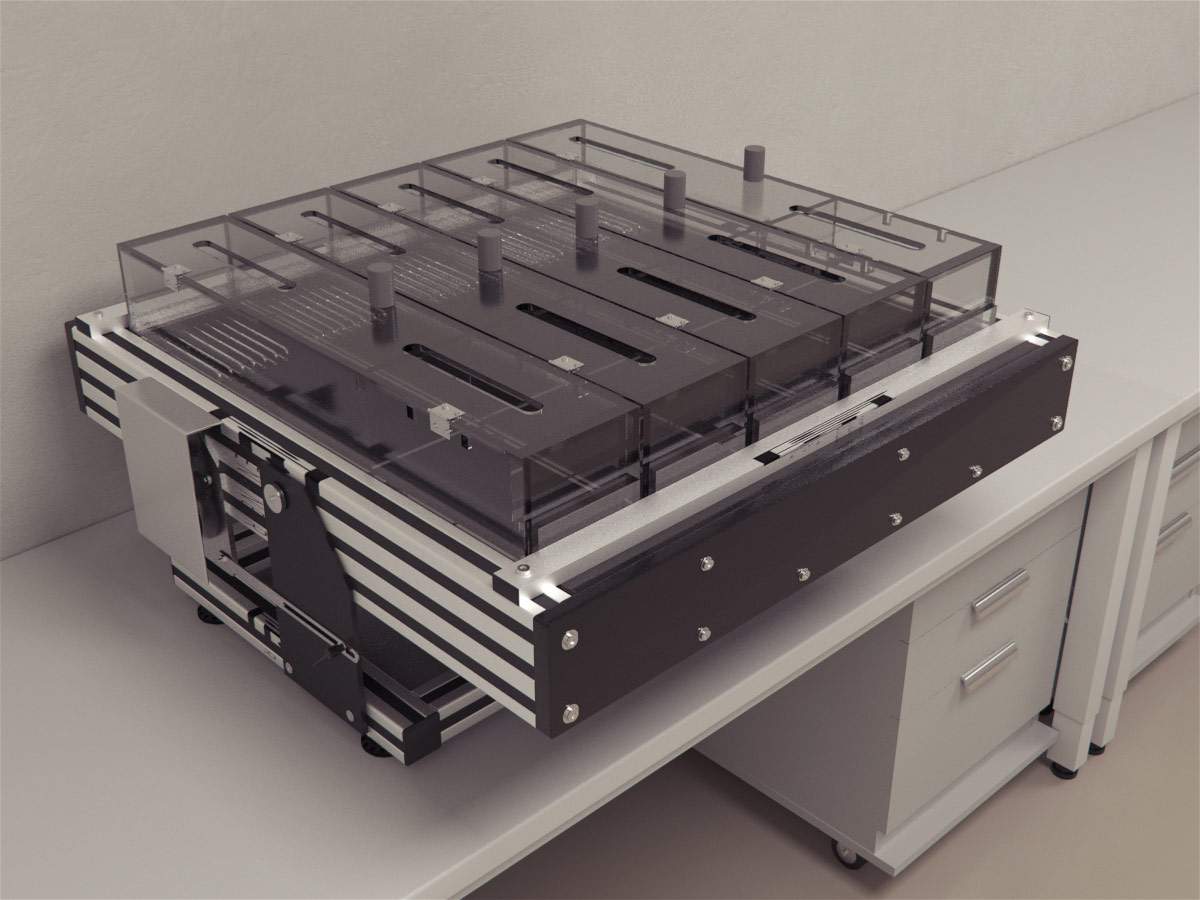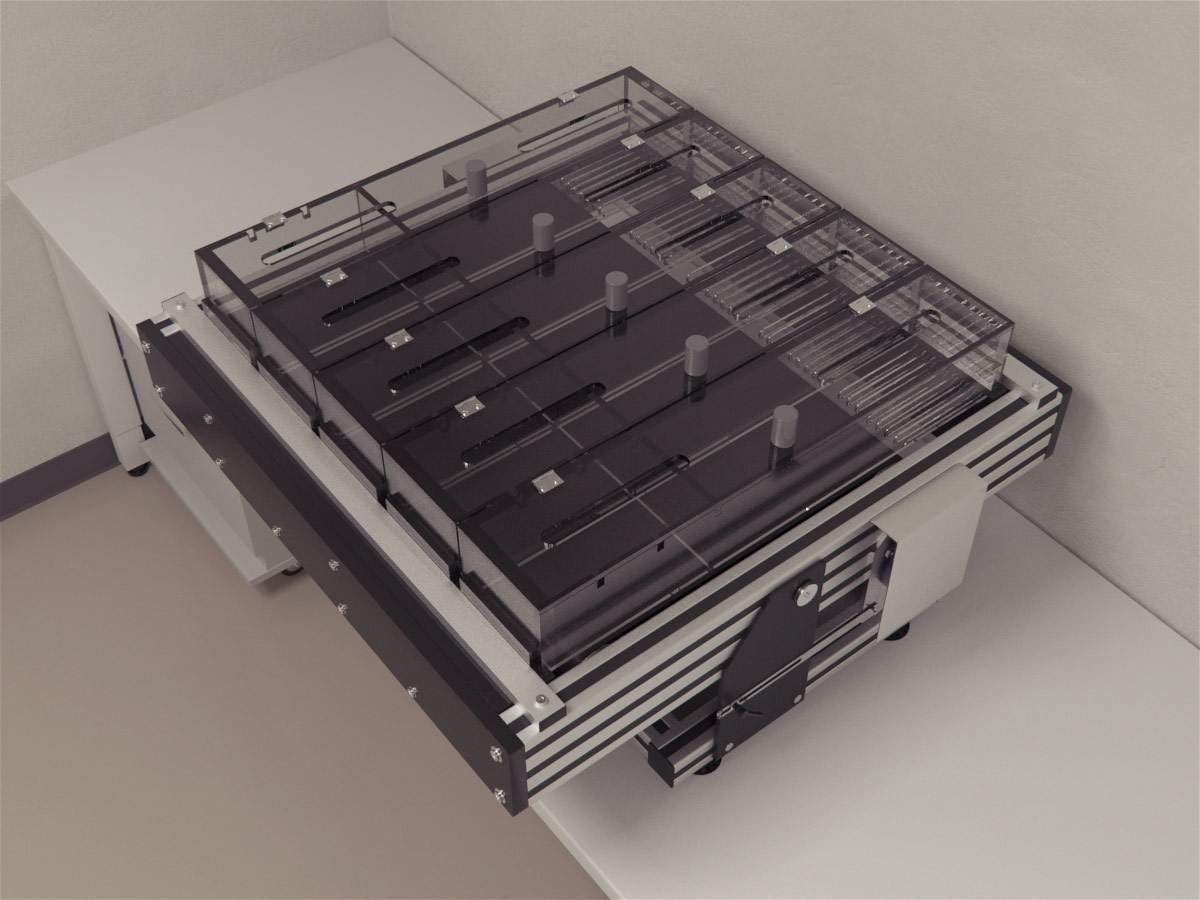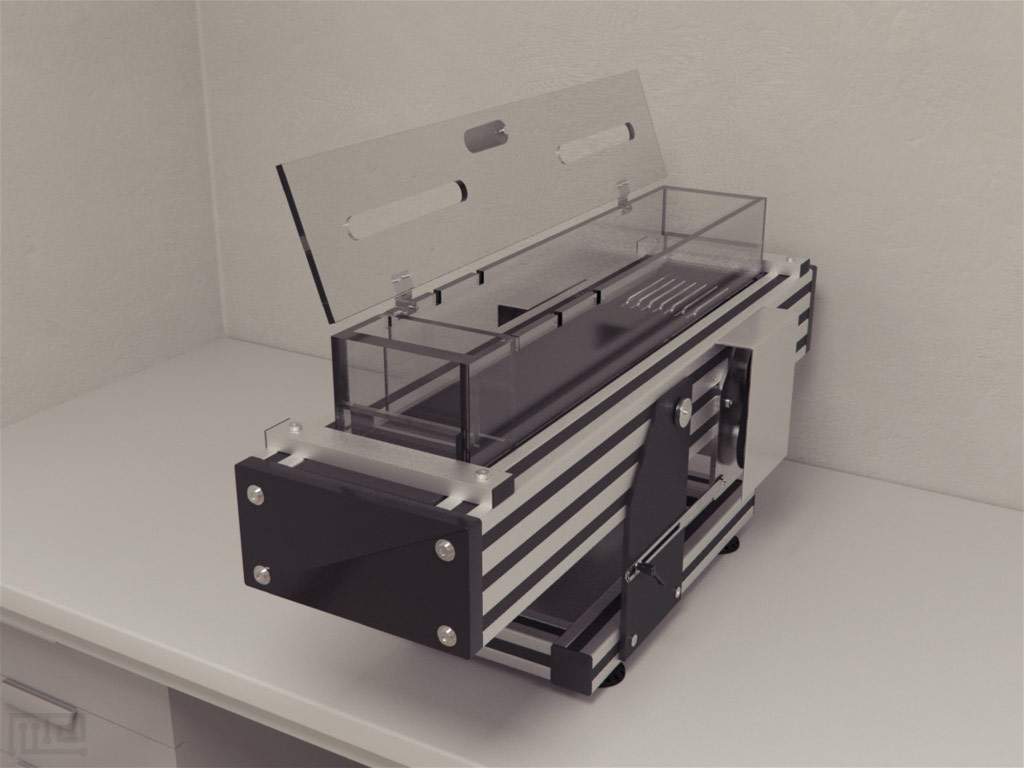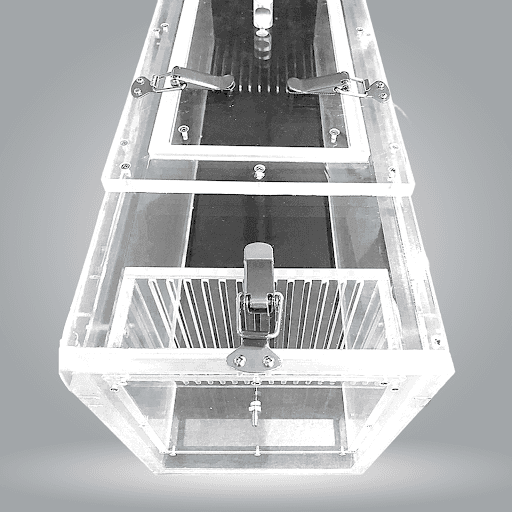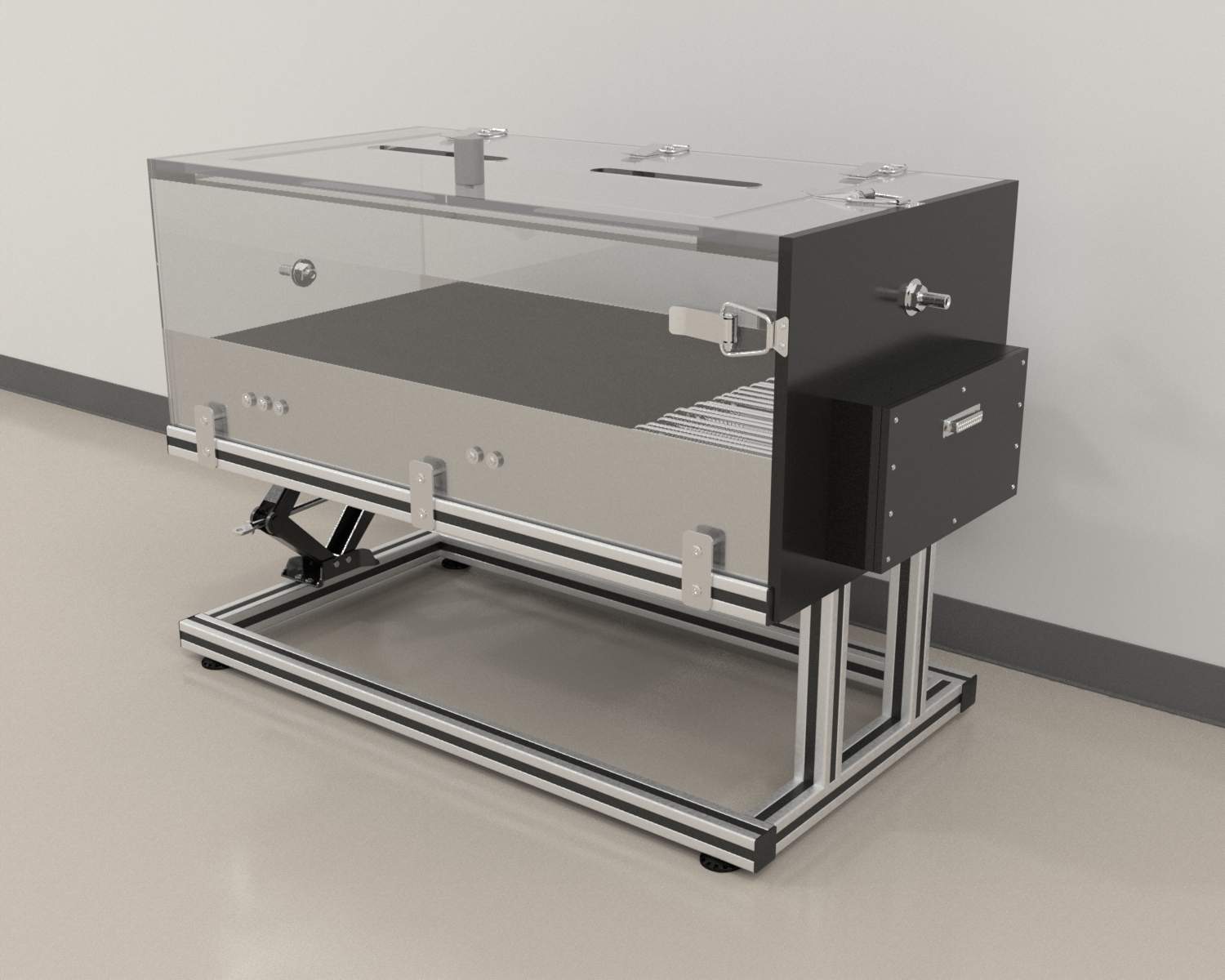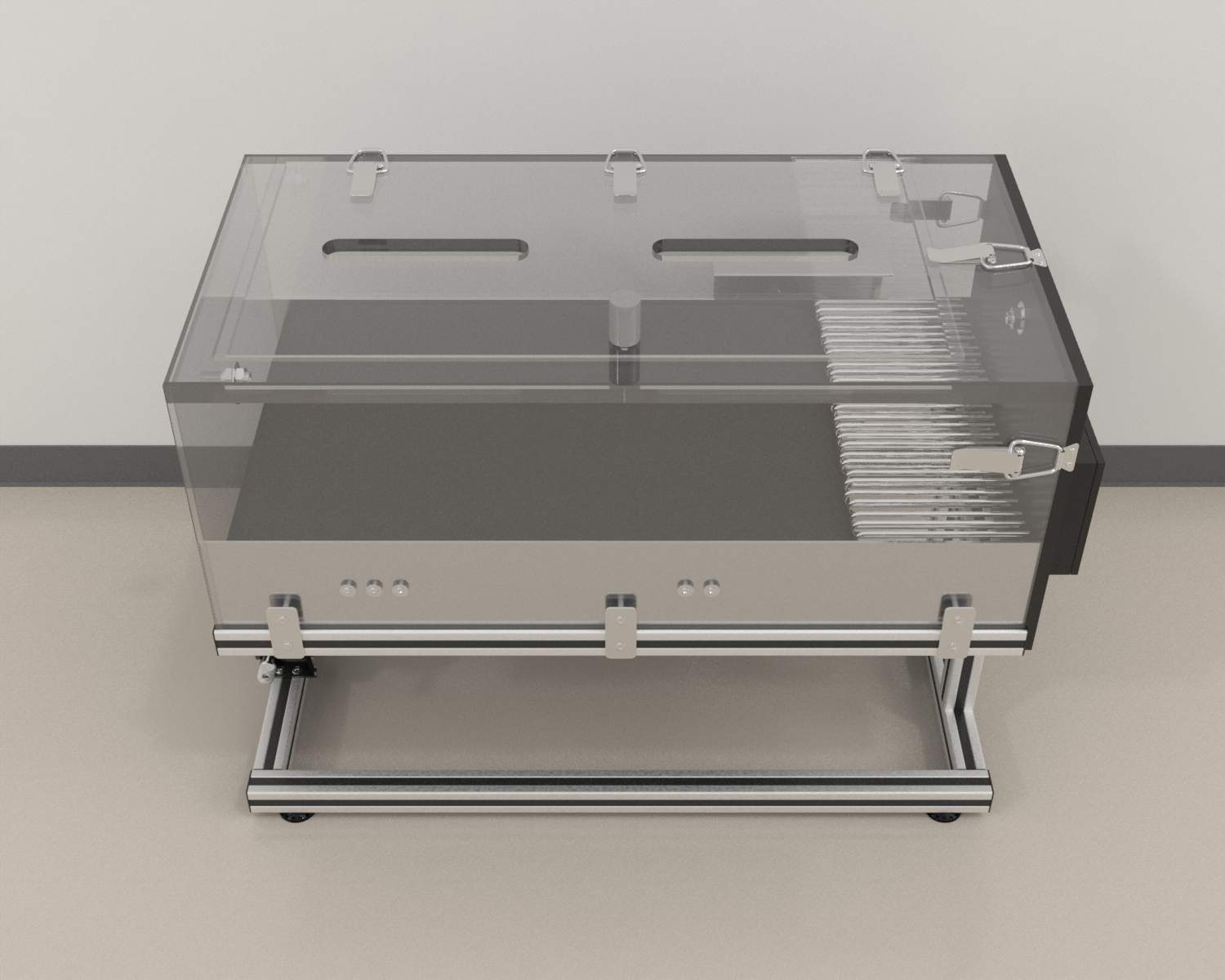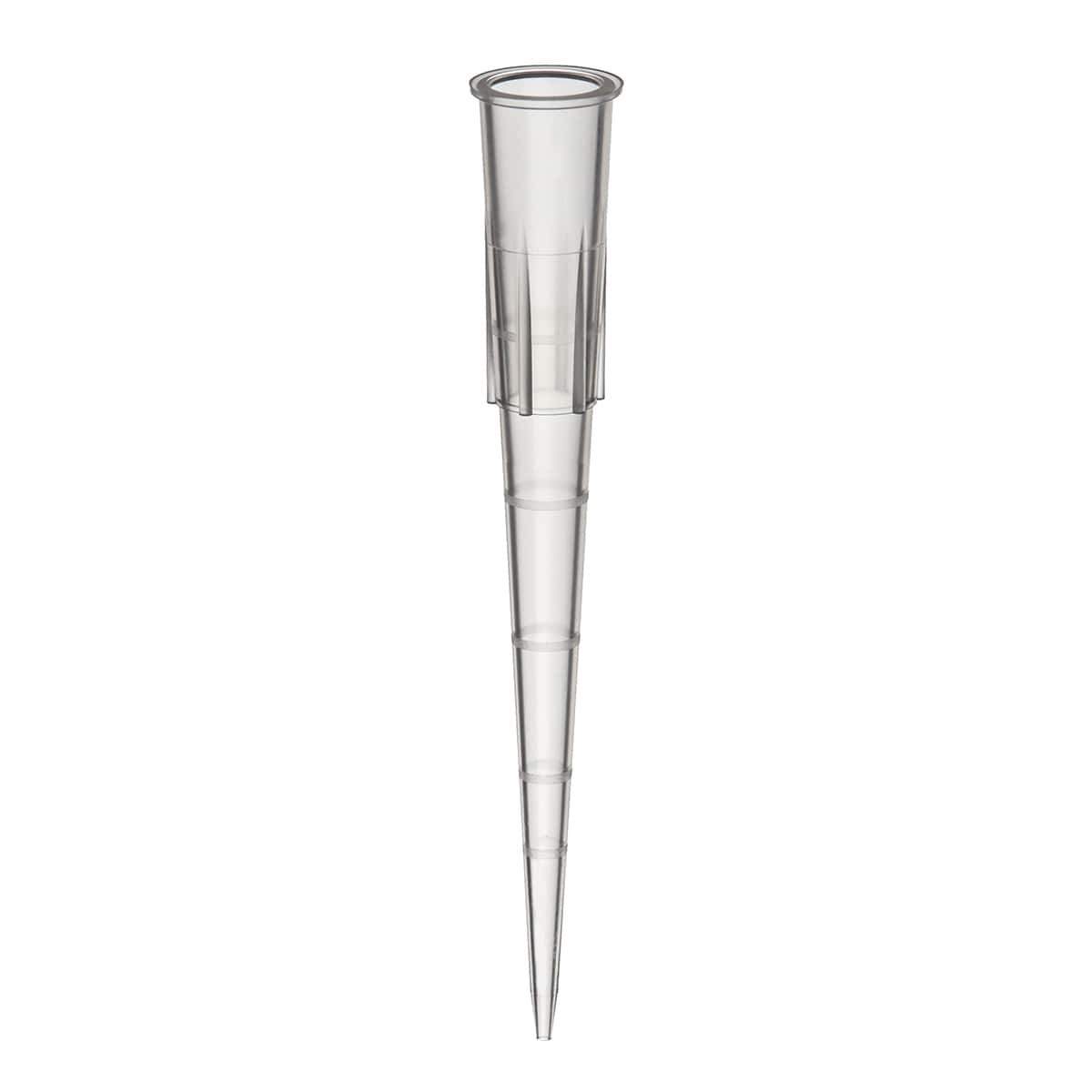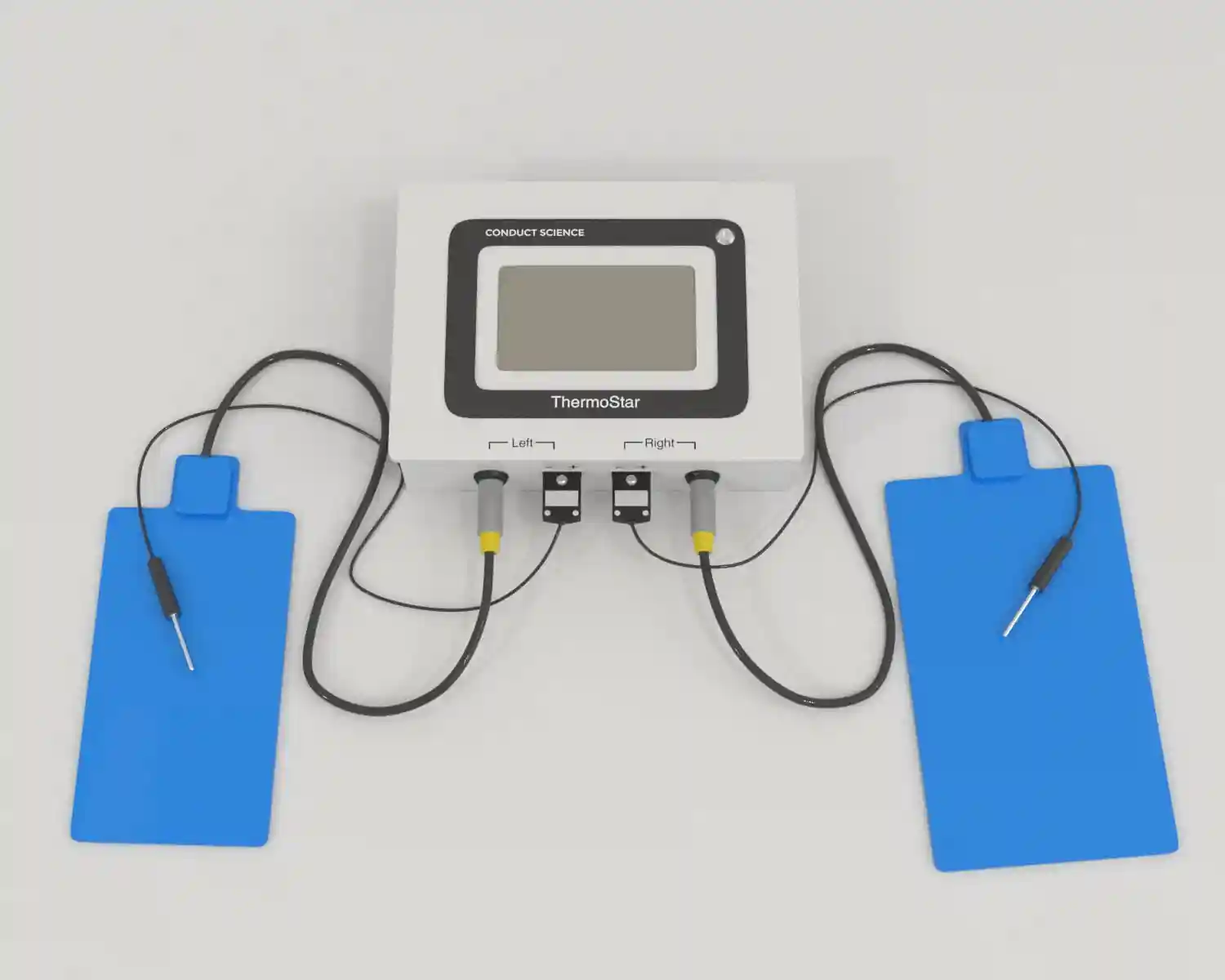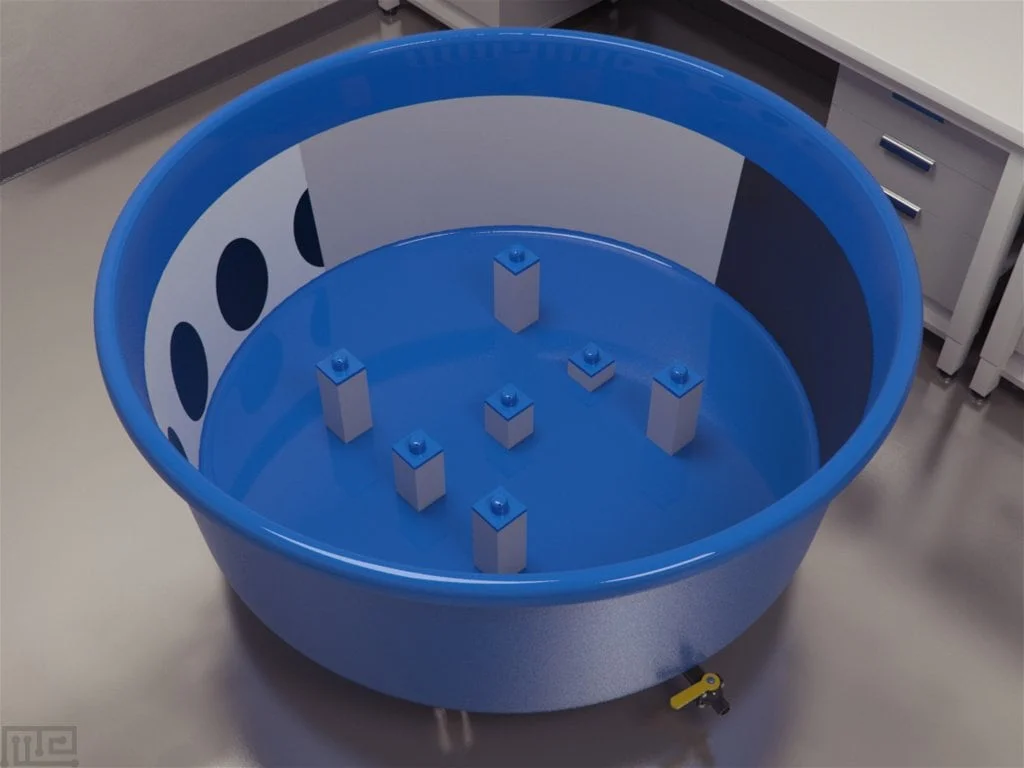Clean the treadmill with 70% ethanol solution, and wipe and air dry it before every session.
The following is a sample protocol to assess exercise endurance in rodents:
Allow the subject to acclimate to the treadmill by allowing it to sit on it for 3 minutes. After 3 minutes have elapsed, set the treadmill’s speed at 16 m/min. Increase the speed by 4 m/min every 3 minutes until a maximum speed of 40 m/min is reached. If the subject is still running at the maximum speed, increase the speed by 5% every 3 minutes. End the task when the subject sits on the shock grid for 5 seconds or 36 minutes, 40 m/min, and 15% grade have elapsed.
The following is a sample protocol to examine the effects of exercise on a high-fat diet using the Rodent Metabolic Treadmill:
Divide the subjects into runner and sedentary groups and feed both groups a high-fat diet.
Subject the runner group to 30 minutes of treadmill running at a speed of 5 m/min and an inclination of 10% for 30 minutes a day, five times a week for 26 weeks. Subject the sedentary group to running only during exercise exhaustion tests. Conduct exhaustion tests with the treadmill inclined 25% uphill. Place the subject on the treadmill and allow it to run for 14 m/min for 6 minutes. Increase the speed by 2 m/min every 2 min until the subject is exhausted, characterized by the inability to return to running within 10 seconds after contact with the shock grid. Conduct exhaustion tests only at weeks 0 and 25 of the study.


